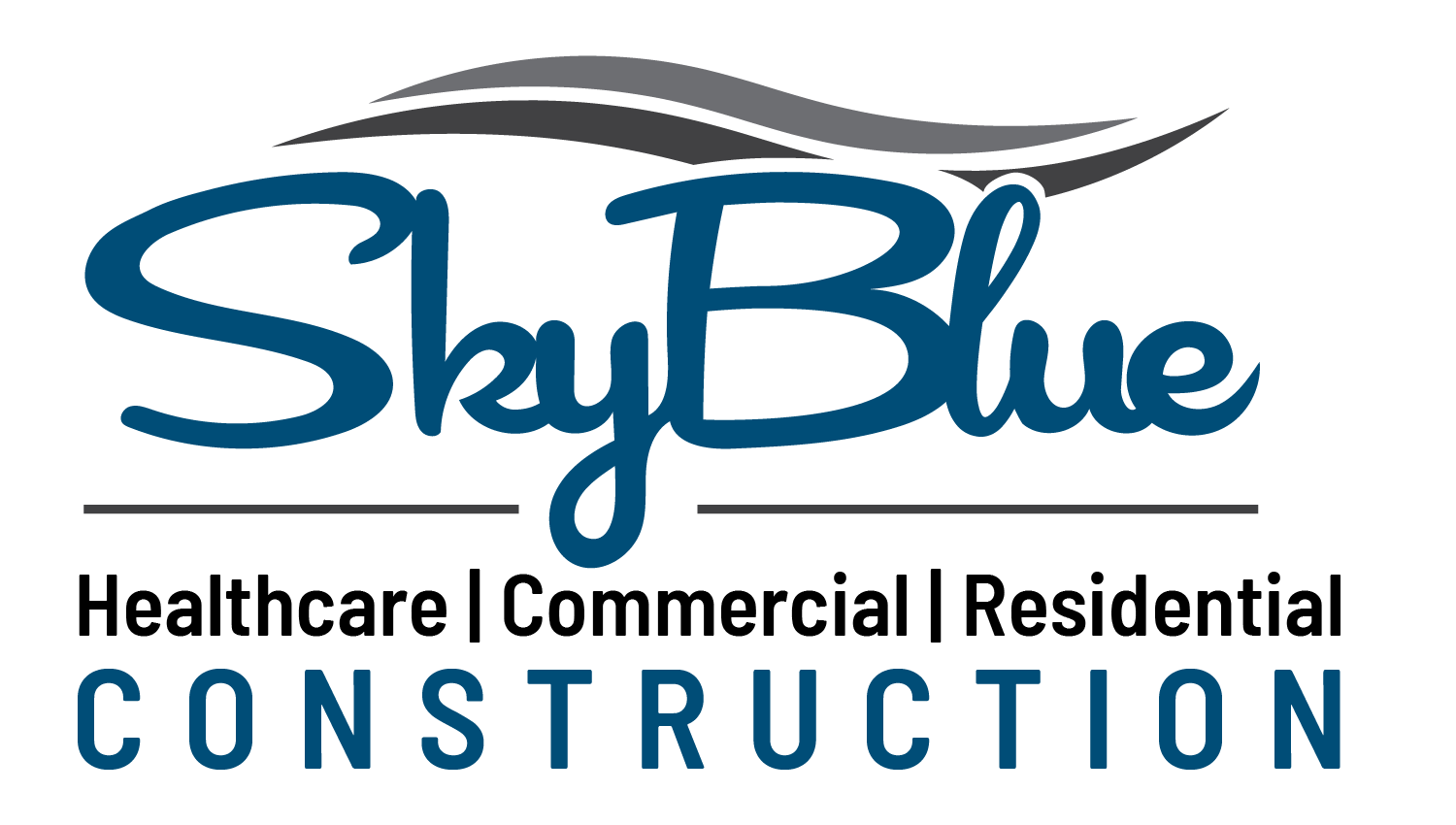The acquisition and distribution of goods and services for the benefit of patients is known as the healthcare construction supply chain. A supply chain’s handling of relationships with vendors and clients aims to provide outstanding customer satisfaction while being cost-effective. The process of managing supplies, acquiring resources, and providing products and services to clients in the healthcare industry is known as supply chain management.
Typically, a supply chain starts with a manufacturer who creates the medical items and distributes them to a central warehouse. The products can be purchase directly from the seller or manufacturer by hospitals or healthcare groups. Further, the goods are given to the business and added to an inventory.
Some of the best practices to boost supply chain administration in your healthcare organization are list below.
Make Inventory Optimization a Priority
When goods go bad because your medical facility was unable to utilize them, you lose money and decrease your business margins. Therefore, it is essential to effectively manage the inventory process. To keep inventory levels in check, think about putting in place a dependable equipment management system. Make sure your clinic is ordering the proper quantities of goods to match the amount your personnel utilizes without endangering the safety of your patients. These resources ought to be deliver on schedule to the proper departments for utilization as required. Maintaining low inventory levels can help you keep the storage area free of a buildup of extra materials. There is no disputing the fact that having low inventory improves your bottom line.
Implement an Effectual Pricing System
For an efficient pricing system to be implement, hospital management must be aware of expenses. Process thorough data on real and additional costs associate with a specific service using a cost accounting system. The ratio of charge to cost as well as Medicare cost allocation are two more accounting methods to help your pricing strategy. Strategy is needed for a hospital pricing system.
Understanding how costs relate to charges at the process level is in your best interest. Data on supplies, labor, and other expenses should be record, track, and manage. Additionally, it is a good idea to monitor and contrast the costs charge by your rivals with those of your own establishment. Examining commercial and publicly accessible databases will help you to accomplish this. Additionally, you ought to think about spending money on technologies that will help you learn how to charge more profitably and find ways to cut costs.
Perform Data Collection and Process Automation
For effective management of supply chains in healthcare facilities, as much information as possible should be gather. You can identify possibilities for improvement with the help of a variety of information and an understanding of trends in many areas. It is common for supply chains to collaborate with outside parties who provide business insight on how to reduce capital expenditures, contract labor engagements, and consumable costs. The leadership as well as other departments can better comprehend your progress by keeping track of and publicizing whatever savings you have accomplish.
Create an Approach to Strategic Sourcing
A well-thought-out strategic sourcing approach can be quite valuable to your institution. Identifying the duties your purchasing department is responsible for in terms of purchases is the first step. The purchasing department’s responsibilities use to be limited to capital purchases and consumables, but they have grown as time has gone on. The department now handles IT, service purchases, and even service agreements. Describe the duties your group purchasing organization (GPO) must carry out and be aware of any existing local agreements. Review the degree of freedom that your organization should have in terms of GPO compliance. But since it could take some time to fully grasp the trends, you are free to decide how flexible you want to be with GPO compliance. A third person can offer a helpful perspective if you need it.
Examine Your Purchasing Controls
Unrelated supply chain management Increasing buying controls and automation is excellent practice for healthcare facilities. Making new purchasing policies and processes, including the purchase authorization process, or reviewing your existing ones, is a good place to start. Use a dependable enterprise resource planning (ERP) program to implement the ability to create electronic purchase orders. To further increase the accuracy of inventory management, an ERP will enable you to electronically enter your inventory.
Manage Contracts with Caution
GPOs manage contracts for the majority of healthcare facilities. According to your ability to negotiate, GPOs typically have contracts leverage. They assist hospitals in lowering their expenditures on supplies and services. You should be aware of the contract cost even though your GPO will manage all of the contract’s details. The prices charge by competitors and the sums cover by health plan contracts have a big impact on service pricing in a conventional healthcare system. Your facility’s pricing scheme needs to take these market dynamics into account.
Involve All Departments in the Transformation of Supply Chain
The clinical team is the customer in a healthcare supply chain. All the goods, tools, and services needed to deliver patient care are obtained from this division. Supply chains need to fulfil their purpose while keeping overhead costs to a minimum for the company. Because of this, managers may wind up suggesting adjustments that clinicians may find objectionable. Participating in decision-making with your hospital personnel will help to alleviate this problem. A product panel and a value analysis team ought to be present in your organization to encourage cooperation. All parties involve in your supply chain should be invite to a meeting to explore how to create channels of communication that will benefit all parties. If you talk to your medical staff about your supply chain objectives and tactics, they will be receptive to change.
Increase Order Precision and Turnaround Time
Sometimes, missteps in the ordering procedure lead to clinical blunders. If you place improper orders, the medical team could not have the necessary equipment to carry out certain procedures. Patients may obtain the incorrect drugs, which could result in poor healthcare outcomes and malpractice claims. Additionally, you risk losing money for your business. You, therefore, do not undervalue the significance of putting precise orders and receiving goods on schedule.
Your clinic does not waste too much time striving to restock the correct items when healthcare providers order precisely what they need. Make an effort to implement order controls that improve the performance of your hospital’s supply chain. Using a CPOE system, or computerize provider order entry is one option. A CPOE improves efficiency by speeding up the hospital ordering procedure. By assuring legible, consistent, and comprehensive orders, it gets rid of ordering and transcription errors.
Conclusion
More than only increasing profits might result from the reformation of the supply chain for healthcare. Medical device and pharmaceutical businesses can work to provide safer and more affordable access to items that might improve or perhaps save countless lives globally.


